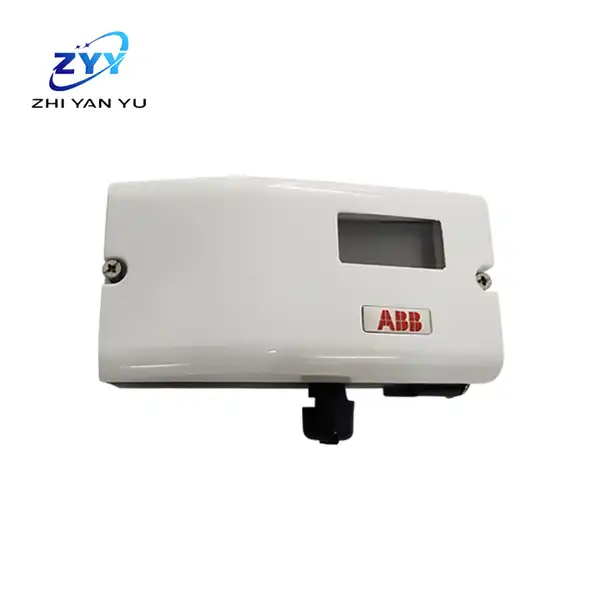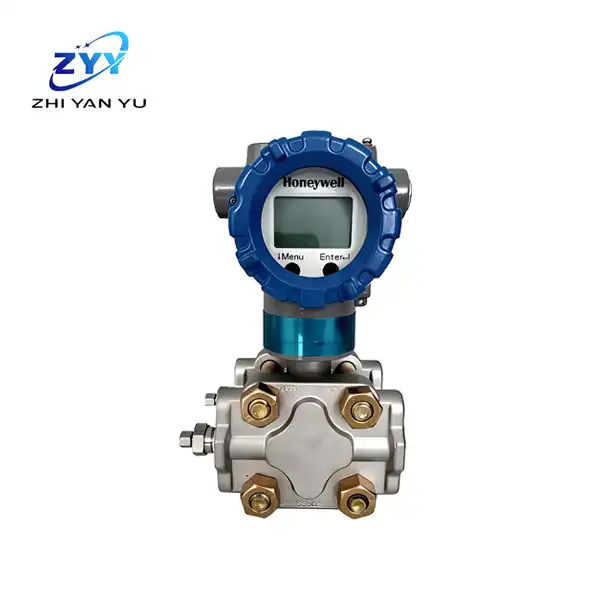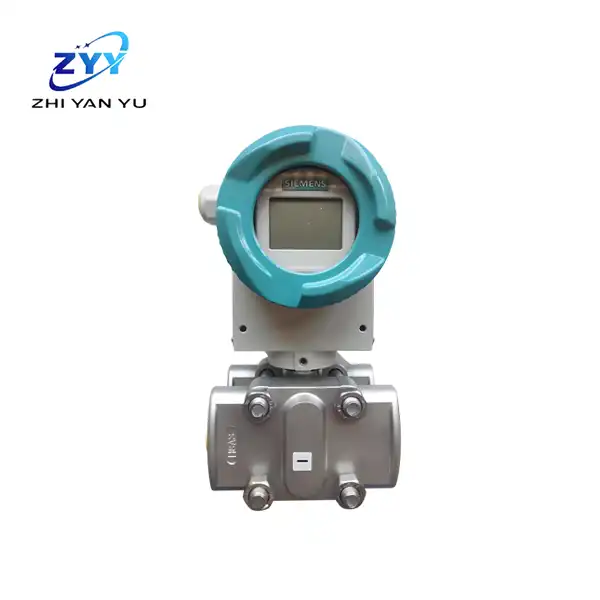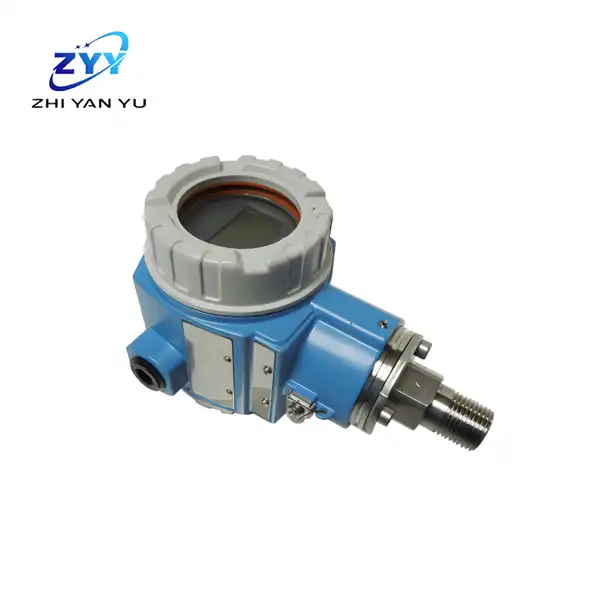- English
- French
- German
- Portuguese
- Spanish
- Russian
- Japanese
- Korean
- Arabic
- Greek
- German
- Turkish
- Italian
- Danish
- Romanian
- Indonesian
- Czech
- Afrikaans
- Swedish
- Polish
- Basque
- Catalan
- Esperanto
- Hindi
- Lao
- Albanian
- Amharic
- Armenian
- Azerbaijani
- Belarusian
- Bengali
- Bosnian
- Bulgarian
- Cebuano
- Chichewa
- Corsican
- Croatian
- Dutch
- Estonian
- Filipino
- Finnish
- Frisian
- Galician
- Georgian
- Gujarati
- Haitian
- Hausa
- Hawaiian
- Hebrew
- Hmong
- Hungarian
- Icelandic
- Igbo
- Javanese
- Kannada
- Kazakh
- Khmer
- Kurdish
- Kyrgyz
- Latin
- Latvian
- Lithuanian
- Luxembou..
- Macedonian
- Malagasy
- Malay
- Malayalam
- Maltese
- Maori
- Marathi
- Mongolian
- Burmese
- Nepali
- Norwegian
- Pashto
- Persian
- Punjabi
- Serbian
- Sesotho
- Sinhala
- Slovak
- Slovenian
- Somali
- Samoan
- Scots Gaelic
- Shona
- Sindhi
- Sundanese
- Swahili
- Tajik
- Tamil
- Telugu
- Thai
- Ukrainian
- Urdu
- Uzbek
- Vietnamese
- Welsh
- Xhosa
- Yiddish
- Yoruba
- Zulu
How To Calibrate A Rosemount Differential Pressure Transmitter
2024-04-15 15:38:01
Calibration of Rosemount differential pressure transmitters is a critical procedure for ensuring the accuracy and reliability of pressure measurements in various industrial processes. These transmitters are pivotal in maintaining optimal operations in industries such as oil and gas, water treatment, and pharmaceuticals. This blog provides a comprehensive guide on calibrating these sophisticated instruments, ensuring that technicians and engineers can maintain system integrity and operational efficiency.
What Tools Are Needed for Calibrating a Rosemount Differential Pressure Transmitter?
The calibration of a Rosemount differential pressure transmitter requires specific tools and equipment to ensure a precise and reliable process.
Calibration Manifold
A calibration manifold is crucial for providing easy and secure connections between the transmitter and the calibration equipment. It allows for the isolation of the transmitter from the process system and enables the application of test pressures.
Standard Pressure Source
A high-accuracy pressure source, typically a pressure calibrator or a dead weight tester, is used to apply known pressure values to the transmitter. This standard pressure helps in verifying and adjusting the transmitter's output.
Multimeter or Calibrator
A multimeter or a specialized process calibrator is needed to measure the transmitter’s output signal (usually 4-20 mA) and compare it with the expected values at specific pressures. This comparison determines whether the transmitter is within calibration limits.
How Often Should You Calibrate Your Rosemount Differential Pressure Transmitter?
The frequency of calibration for a Rosemount differential pressure transmitter can vary based on several factors, each influencing the stability and performance of the device.
Exposure to Extreme Conditions
Transmitters operating in harsh environments, such as extreme temperatures or corrosive conditions, may require more frequent calibration to ensure continued accuracy.
Regulatory and Quality Standards
Compliance with industry-specific standards and regulations often dictates calibration intervals. Regular calibration helps in maintaining compliance with these standards, ensuring safety and efficiency.
Historical Performance Data
Analyzing the historical performance and drift of the transmitter can provide insights into its stability and the need for recalibration. This data-driven approach helps in optimizing the calibration schedule according to the actual conditions.
What Are the Steps to Perform a Proper Calibration on a Rosemount Differential Pressure Transmitter?
Calibrating a Rosemount differential pressure transmitter involves several detailed steps to ensure that the device accurately measures pressure as intended.
Zero and Span Adjustments
Isolation and Depressurization: Isolate the transmitter from the process and vent any pressure in the system.
Zeroing the Transmitter: With no pressure applied, adjust the transmitter to zero using the zero adjustment screw or through a digital interface.
Applying Known Pressure Values: Gradually apply pressure using the standard pressure source and observe the transmitter’s output for each step.
Span Adjustment: Adjust the span to ensure that the transmitter’s output at the maximum applied pressure matches the expected value.
Documentation and Verification
After adjustments, document the calibration results and perform a final verification to ensure the transmitter responds accurately across the entire operating range. Repeat the process if any discrepancies are observed.
Conclusion
Proper calibration of Rosemount differential pressure transmitters is essential for maintaining the accuracy and reliability of pressure measurements in critical industrial processes. By understanding the necessary tools, frequency, and steps for effective calibration, technicians can ensure optimal performance and compliance with industry standards.
References
Industry Standard Guidelines (2022). "Calibration Practices for Pressure Transmitters."
Rosemount Product Manual (2021). "Differential Pressure Transmitter Calibration."
Process Instrumentation Portal (2023). "Tools and Techniques for Calibrating Pressure Transmitters."
Calibration Technology Review (2020). "The Importance of Regular Calibration in Industrial Applications."
Pressure Measurement Standards Association (2021). "Regulatory Requirements for Pressure Measurement Devices."
Instrumentation World Magazine (2019). "Zero and Span Adjustment Techniques."
Technical Instruments Journal (2022). "Analyzing Historical Performance Data for Calibration Schedules."
Calibration Best Practices Workshop (2020). "Step-by-Step Guide to Calibrating Differential Pressure Transmitters."
Quality and Compliance Advisory (2021). "Impact of Environmental Conditions on Transmitter Calibration."
Measurement Accuracy Conference (2023). "Documentation and Verification Processes in Calibration."
YOU MAY LIKE

ABB valve positioner V18345-1020121001

Honeywell Pressure Transmitter St700
The output signal is usually 4-20mA.
Signal is linearly related to pressure.
The control panel adjusts the sensitive components.
Provides output signal calibration options.
Pressure testing ensures resistance to extreme pressures.

Siemens Pressure Transmitter 7MF4033/7MF4433
Model: 7MF/7ML/7ME/7NG/7MH/7MB/7KG/7KM
Output signal type: 4-20mA or 0-10V
4-20mA signal advantages: suppress electromagnetic interference, easy to use
Application industries: chemical industry, petrochemical, food, pharmaceutical, aerospace, shipbuilding
Advantages: high precision, good stability, strong anti-interference ability, easy installation and maintenance
Rosemount™ 1199 diaphragm seal system

